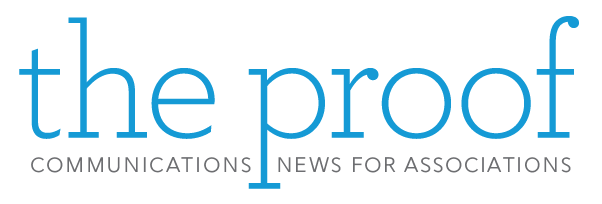
Association leaders with more than 1,000 members are significantly more inclined to indicate that their members join for the continuing education to maintain professional certification or advance their careers, according to a 2021 report based on surveys of associations. The same report says learning best practices in the profession is the most likely reason for joining associations with fewer than 20,000 members.
Over the past two years, associations have adopted technology to continue offering education via videoconference, webinars on-demand, and hybrid events that include both digital and in-person opportunities. Although remote or on-demand learning eliminates some of the barriers to attendance including lengthy time physically out of office and travel expenses, there is still a time commitment.
Text-based learning is one tool that addresses time constraints. Short messages take little time to read and respond to, and according to Finances Online, 90% of people in the U.S. prefer to receive SMS over calls.
One blog describes the benefits to this approach to microlearning as:
- Fast – Engaging content that is easily digestible
- Simple – Easy to build and assign course
- Accessible – No laptop, special app, or lengthy video required
- Measurable – Results are easily tracked
The author describes quick, punchy tips by text as a fast and effective learning vehicle. The member signs up for the course, then receives a series of texts over several days. As the member receives each text lesson, previous lessons are still available on the phone to review, even after the course if complete. The best uses for text-based courses are specific, focused messages.
Another author uses the example of teaching the audience how to increase the effectiveness of emails. An email has seven components: subject line, preview text, salutation, body copy, call to action, signature, and P.S. lines. The author suggests creating two text messages for each component. The two texts for each component can be a best practice tip, then a mistake to avoid; or step 1 of a tip, then step 2.
For example:
Text 1: #1 Subject Lines: Best performing email subject lines contain 4 words or less. Focus on being clear and crisp but curious enough to click. Don @ ExactEmail
Text 2: #2 Subject Lines: A subject line that’s vague or overly eager will get deleted. Don’t be misleading or use CAPS. Check your personalization. Don @ ExactEmail
In addition to creating the actual course content, plan to create a confirmation message sent upon receipt of the keyword to register for the course, then a survey message following completion to learn how much the member valued the course.
While the tool is different from traditional education, the approach to development is the same:
- What do members find interesting and helpful?
- What is the total value delivered by the course?
- Is every lesson usable immediately?
While text-based learning is not appropriate for all types of education, it does provide a way to share knowledge or build specific skills with members on a more frequent basis. Even if the association uses texts to communicate meeting notices or new service offerings with members, moving beyond transactional messages to purpose-driven messages to increase engagement can add value to membership.







